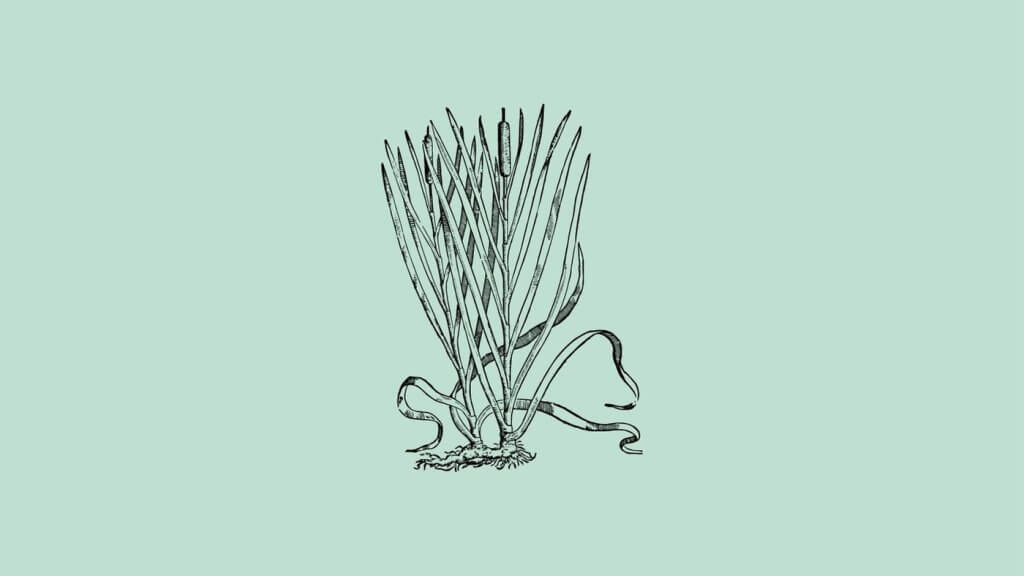Cattail (Typha latifolia) is one of the best wild edible food for foragers to know about. The entire plant is edible. Knowing which parts are most delicious in which season is key.
What part of the cattail is edible?
Here’s a breakdown of the edible parts of the plant and how they can be prepared:
- Young Shoots: The young shoots of cattails, often referred to as “cattail hearts,” are edible and can be harvested in the spring. They are similar in taste to mild asparagus. Peel away the outer layers to reveal the tender inner core before consuming. You can eat them raw or cook them.
- Pollen: Cattail flowers produce pollen that is high in protein and can be collected by shaking the flowerheads into a container. Cattail pollen can be used as a flour substitute in baking or added to other dishes for a nutritional boost.
- Rhizomes: The rhizomes (underground stems/cattail roots) of cattails are the most well-known edible part. They are starchy and can be harvested year-round, but they are most commonly dug up in the fall when the plant has stored energy. Peel off the outer layer to reveal the starchy inner core. The rhizomes can be roasted, boiled, steamed, or ground into flour.
- Flower Heads: The immature flower heads of cattails can be eaten when they are in the “green” stage before they turn brown and release pollen. You can boil or steam them and eat the lower part of the flower head.
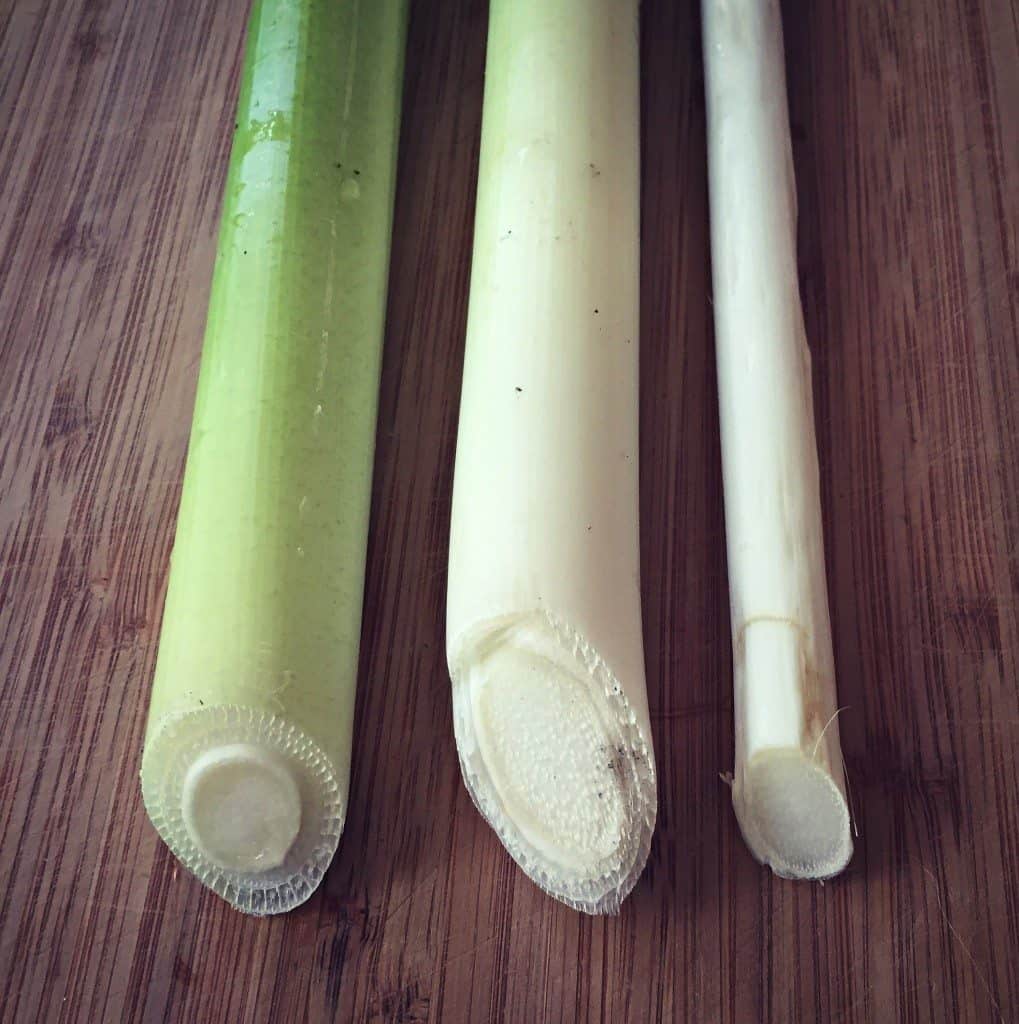
Can You Eat Cattail Fluff?
Cattails are the ultimate survival food because most parts of the cattail are edible – from the roots to the fluff. However, a mouthful of fluff isn’t very delicious, and there are many other ways to use this wild plant.
This fluff can be used as:
What Are You Foraging For Right Now?
We're thrilled to hear your ideas. What would you like to submit today? Feel free to share your thoughts and experiences with us.
- Tinder for a fire
- Insulation or stuffing
- Insect repellent (when lit on fire)
- Cotton balls
Is cattail edible raw?
Yes, certain parts of the cattail plant are edible raw, but it’s important to know which parts are safe to consume and how to properly prepare them.
Here are the edible parts of the cattail plant that can be consumed raw:
- Young Shoots: The young cattail shoots are tender and edible when consumed raw.
- Pollen: Cattail pollen has a slightly nutty and sweet taste and can be sprinkled on dishes or used as a nutritional supplement.
Other parts of the cattail plant, such as the rhizomes and immature flower heads, are typically not consumed raw due to their tougher texture and less palatable taste. These parts are usually cooked or processed in some way before being eaten.
What do cattails look like?
Cattails are easily recognizable wetland plants with distinctive features:
- Long, Slender Leaves: Cattails have long, flat, strap-like leaves that grow in a basal rosette. The leaves are typically green and can be quite tall, often reaching several feet in height.
- Flower Spikes: One of the most recognizable features of cattails is their flower spikes, which consist of two distinct parts: the male and female portions. The male portion is located at the top of the spike and consists of a brown, cylindrical structure that releases pollen. The female portion is located just below the male part and is a more compact structure covered in fine, hair-like structures.
- Cylindrical Seed Head: As the female portion matures, it develops into a cylindrical seed head that is covered with tightly packed, brown, fluffy structures. This seed head resembles a hotdog or cigar in shape and texture.
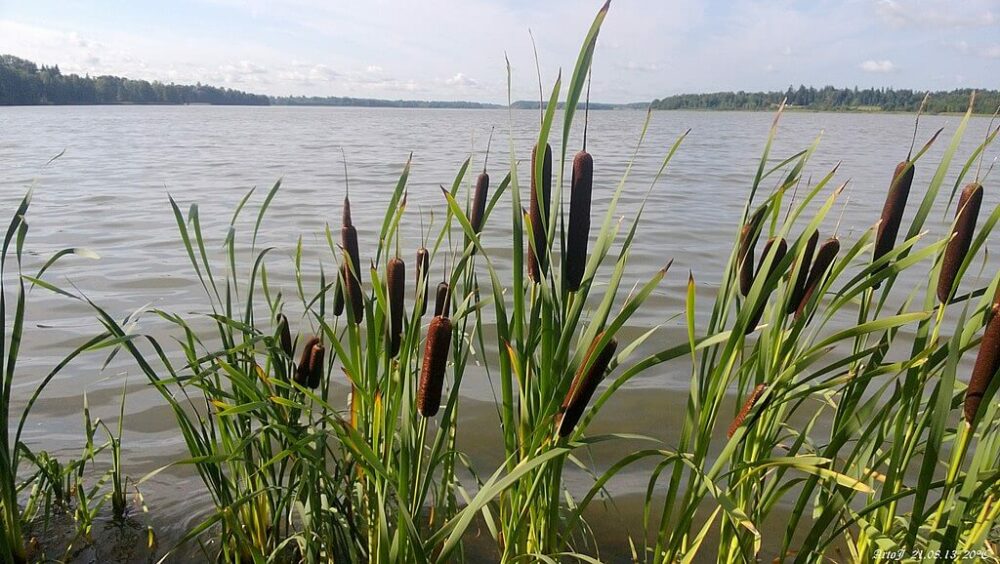
Where do Cattails grow in the wild?
Cattails are common wetland plants that can be found growing in a variety of wild habitats:
- Marshes
- Ponds and lakes
- Streams and rivers
- Wetlands
- Ditches and waterways
- Wet meadows
Where to Forage for Cattails in the US?
- Eastern United States: Cattails are abundant in the eastern part of the country. They can be found along the Atlantic coast, in the Great Lakes region, and throughout the Southeast.
- Midwestern United States: Cattails are prevalent in the Midwest, growing in wetlands, marshes, and along water bodies such as the Mississippi River and its tributaries.
- Southern United States: Cattails thrive in the wetlands of the southern states, including places like the Everglades in Florida and the bayous of Louisiana.
- Western United States: Cattails can also be found in the western part of the country, especially in areas with suitable wetland habitats. They are present in states like California, Oregon, and Washington.
- Mountainous Regions: In some mountainous regions, cattails can be found growing in wet meadows and near streams and lakes.
How can you prepare cattails?
Young Shoots:
- Harvest the young shoots in the spring when they are still tender and before they become tough.
- Peel away the outer layers to reveal the tender inner core.
- Rinse the shoots to remove any dirt.
- Young shoots can be eaten raw in salads or used as a vegetable in various dishes.
- They can also be lightly cooked by sautéing, steaming, or blanching.
Pollen:
- Collect the pollen by shaking mature flowerheads into a container.
- Use cattail pollen as a flour substitute in baking or add it to smoothies, yogurt, or other dishes for a nutritional boost.
Rhizomes:
- Harvest rhizomes year-round, but they are often best in the fall when the plant has stored energy.
- Peel off the outer layer to reveal the starchy inner core.
- Rhizomes can be roasted, boiled, steamed, or ground into flour.
- They can be used in soups, stews, or as a side dish similar to potatoes.
Immature Flower Heads:
- Harvest the immature flower heads before they turn brown and release pollen.
- Boil or steam the lower part of the flower head and eat it similar to corn on the cob.

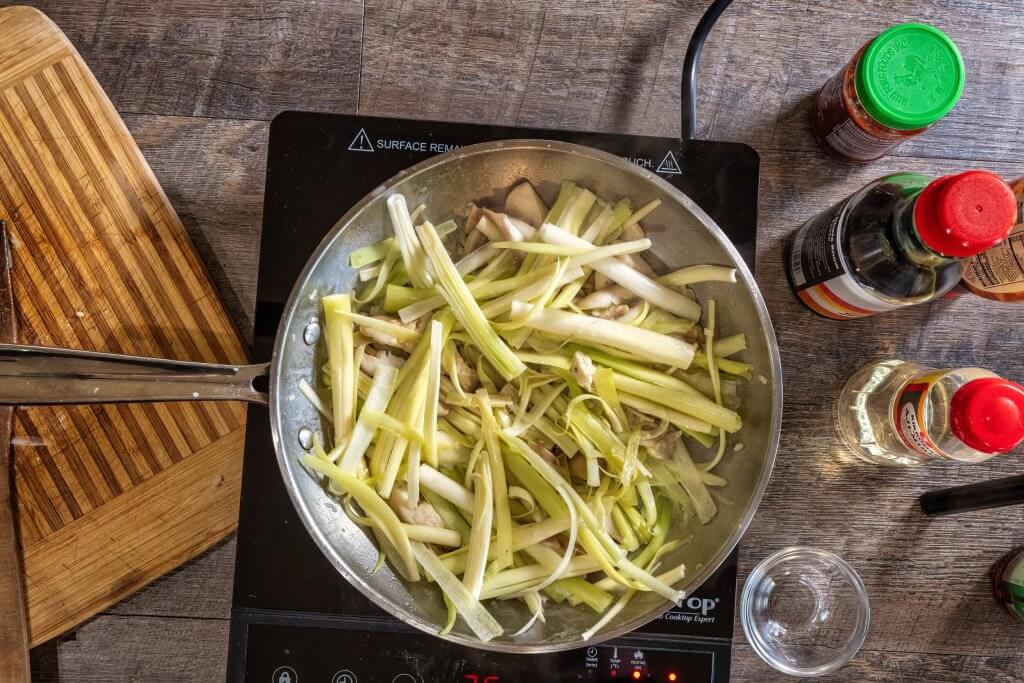
What Does Cattail Taste Like?
The young shoots of cattails are often described as having a mild, slightly sweet, and earthy flavor. They are similar in taste to asparagus or cucumber, with a tender texture.
Cattail pollen has a slightly nutty and sweet flavor. The rhizomes of cattails have a starchy taste, somewhat similar to potatoes.
The lower portion of the immature flower head has a texture and taste similar to young corn on the cob. It is mild and slightly sweet.
What are the Benefits of Eating Cattail?
The root contains lots of starchy carbohydrates. After the root is ground into flour, cattails produce over 6,000 pounds of starch per acre – that’s more than potatoes, yams, and rice.
The stalks and leaves contain potassium, phosphorus, and vitamins A, B, and C. The cattail pollen is also a great source of protein.
What is the difference between cattail and bulrush?
Cattails and bulrushes (Schoenoplectus lacustris) are both wetland plants commonly found in aquatic environments, and they are often confused due to their similar appearances. However, they belong to different genera and have distinct characteristics.
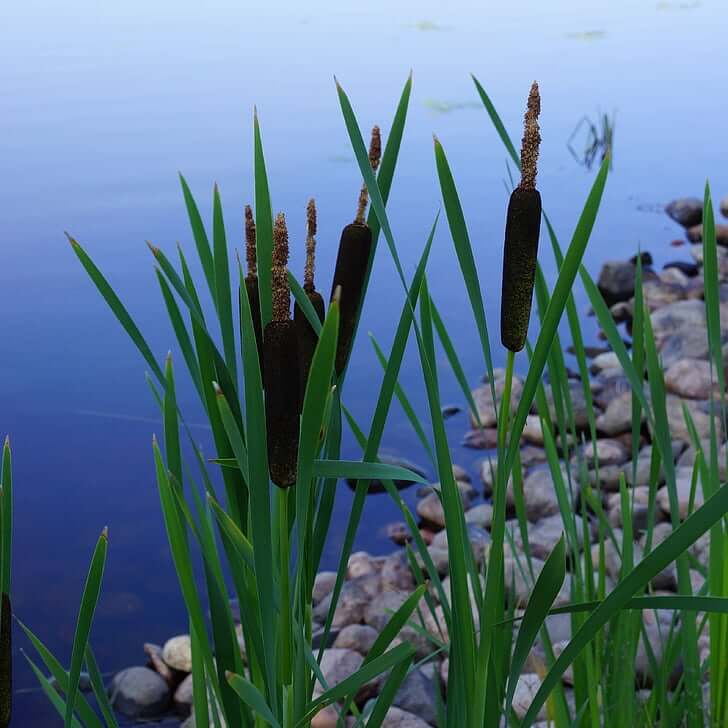

The edibility of bulrushes can vary depending on the species and the specific parts being consumed.
What to read next: A Forager’s Guide To Horseweed
Originally from Florida, but with a lust for travel, Sami has found herself in many remote areas with little-to-no access to traditional medicines. Since 2014, she has been experimenting with natural remedies, eastern medicine, and foraging. She believes that the Earth provides us with everything we need to live, heal, and cure.

